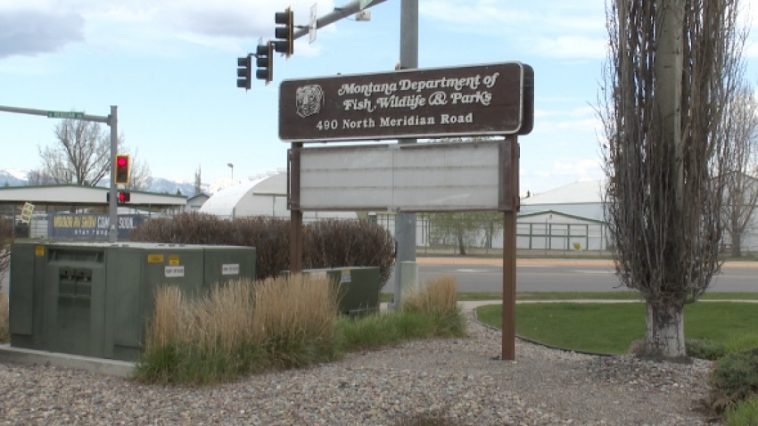Missoula, MT — Montana Fish, Wildlife and Parks (FWP) held its annual meeting with the Montana Trappers Association on Sunday, offering local trappers a platform to discuss important changes for the upcoming trapping seasons.
The meeting, hosted at the Region 1 Headquarters in Kalispell, gathered members of the local trapping community who reviewed data from previous years’ trapping seasons. With the input of FWP and local trappers, the meeting centered around adjusting regulations to ensure a balance between wildlife populations and ecosystem health.
A major topic of discussion was the population of certain animals, such as bobcats, beavers, and otters. Based on the data presented, local trappers proposed lowering the quota for bobcats while advocating for an increase in the beaver trapping quota. These proposals were thoroughly analyzed, with the goal of ensuring sustainable wildlife management practices.
Jessy Coltrane, a wildlife biologist for Montana FWP, explained the collaborative nature of the discussions. “So we worked together to really look at all the data holistically and make decisions on proposals that we’ll put forward to the game commission for season settings,” Coltrane said.
For trappers like John Dana, this meeting represents an important opportunity to influence the regulations that impact their livelihoods. “It’s a place that trappers get to come and we have a voice here,” Dana explained. “There’s a saying amongst us that if you don’t show up to the meetings, then you can’t complain.” Dana emphasized the significance of these decisions in protecting ecosystems from an overpopulation of certain species, particularly those that may be invasive.
Dana also stressed that trapping is no longer about wealth or profit. “None of us trapping, none of the trapping community does it to make money or be rich anymore,” Dana said. “Not like back in the boom days, most of us do it now because we’re just being stewards.”
The annual gathering between FWP and the trapping community reflects a shared commitment to responsible wildlife management. By working together, both parties hope to ensure that future trapping seasons are sustainable and in harmony with the region’s ecological needs.



